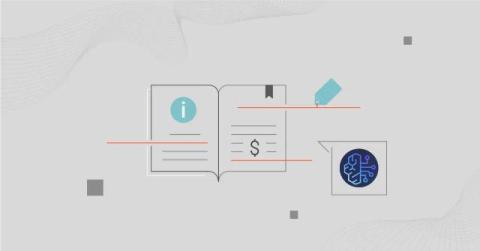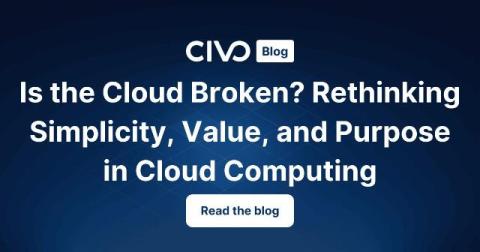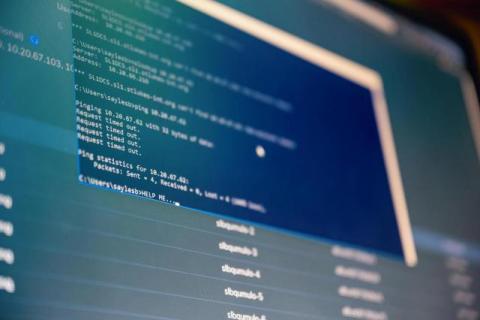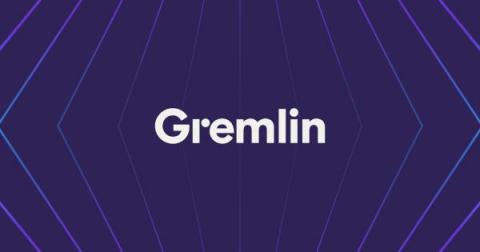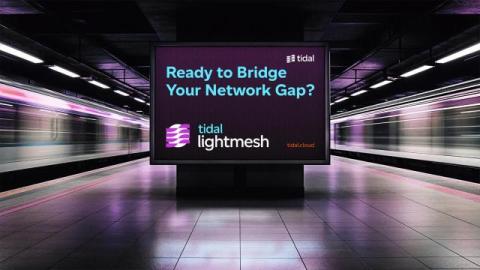Amazon Bedrock Pricing: How Much It Costs (And Handy Bedrock Cost Optimization Tips)
If you are reading this, you likely understand how Machine Learning (ML) and Artificial Intelligence (AI) can improve your organization, from operational efficiency to boosting your bottom line. Yet, setting up and running a robust AI infrastructure, including a massive dataset for training and specialized tools, can be expensive. Amazon Bedrock wants to simplify this challenge, enabling you to build generative AI applications faster and easier. But is Amazon Bedrock pricing worth it?


